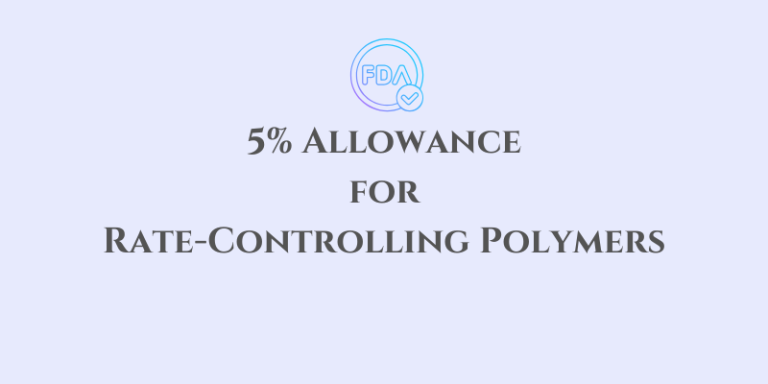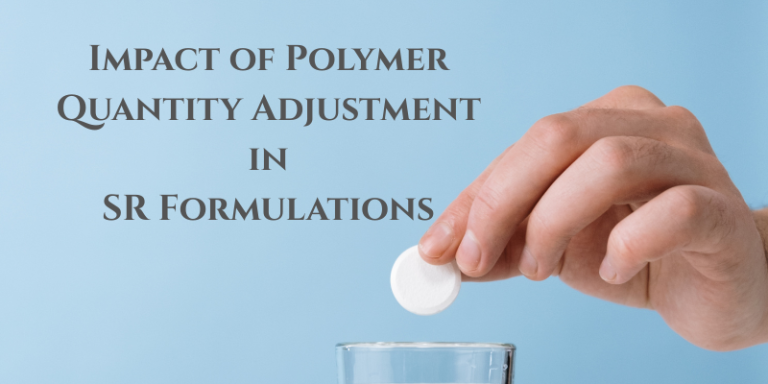Misinterpreting FDA’s 5% Allowance for Rate-Controlling Polymers
One of the key lessons we learned in addressing biowaiver requests for non-RLD strengths until 2022 was a fundamental misinterpretation of FDA’s 5% allowance for rate-controlling polymers (RCPs). Initially, we assumed that as long as the total amount of RCPs remained unchanged, we could increase one polymer by 5% and simultaneously decrease another polymer by…


